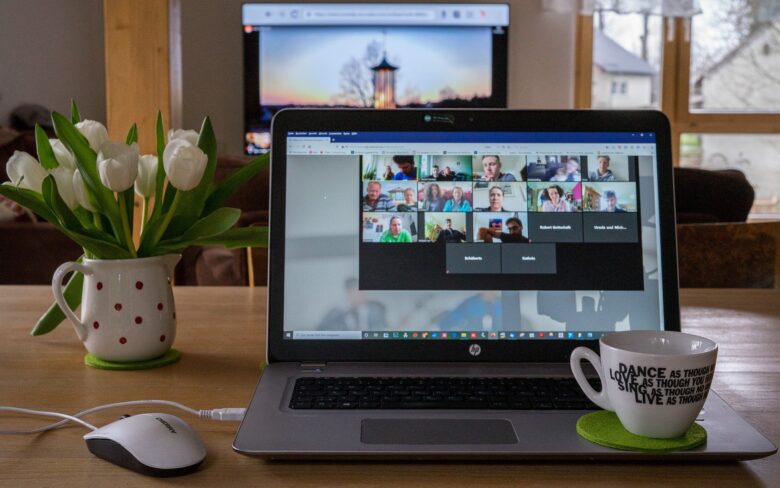Full Decision
Guest Author – Joe Gaynor, Siskinds LLP
The Legal Landscape Is Changing; Examination For Discovery Ordered To Proceed By Way Of Videoconference.
One important procedural step in a legal proceeding is examinations for discovery. It allows the parties to obtain important facts and evidence in support of the claims and defences being advanced in the lawsuit. Typically, the examinations are held in-person.
However, our current legal system has been subject to restrictions and limitations as a result of COVID-19. This has created delays in the hearing of motions, applications, pre-trials, trials, and the litigation process as a whole. In many instances, this is to the detriment of the plaintiff as personal injury cases may take several years from the date of injury until resolution or trial. In response, the courts, and many firms, have implemented new technologies and processes to bring the legal system into 2020 and limit the amount and length of disruptions that may delay a matter.
During a recent case conference in Arconti v. Smith, Justice Myers ordered that the plaintiffs can either proceed with the defendant’s examination for discovery by way of videoconference or not at all. The plaintiffs had objected to conducting an examination for discovery by videoconference and requested a delay in the proceedings until the requirement for social distancing has ended. They maintained that:
- they need to be with their counsel to assist with documents and facts during the examination;
- it is more difficult to assess a witness’s demeanour remotely;
- the lack of physical presence in a neutral setting deprives the occasion of solemnity and a morally persuasive environment; and
- they do not trust the defendants not to engage in sleight of hand to abuse the process.
In coming to his decision, Justice Myers commented that, it’s 2020… We now have the technological ability to communicate remotely effectively. Using it is more efficient and far less costly than personal attendance. We should not be going back.
He further noted that, the use of readily available technology is part of the basic skillset required of civil litigators and courts. This is not new and, unlike the pandemic, did not arise on the sudden. However, the need for the court to operate during the pandemic has brought to the fore the availability of alternative processes and the imperative of technological competency. Efforts can and should be made to help people who remain uncomfortable to obtain any necessary training and education.
His Honour recognized that there are perceived, and possibly very real shortcomings associated with proceeding remotely rather than in person. However, he determined that the benefits outweigh the risks. The most obvious benefit being that litigation will not be stopped in its tracks.
Justice Myers concluded that the matter has been ongoing for several years and the plaintiffs’ concerns with the prospect of conducting an examination remotely do not outweigh the desirability of proceeding with this matter and do not justify further delay. Anything that will be lost is more than offset by the proportionality of proceeding efficiently and affordably.
The legal landscape is changing, and this Endorsement is a positive step in the right direction by the courts. With the technology available today, parties need to work together in order to move a matter forward towards resolution and not delay it any further.













